| | Weren’t the Rose Parade floats exquisite? I’m always impressed with the variety of “natural” materials used to decorate them. Remembering my senior year in high school (Yay, John Muir!) when our English class (Yay, Mr. Eberhart!) spent the whole last day doing the decorating in the cold float barns. In those days, the truly cold temperatures of the season served the cut flowers well, keeping them spritely as we glued them on so they’d be more likely to still be perky throughout the next day’s sunniness on their way traveling down the parade route. That’s when I first became aware of the requirement that all decoration materials be natural, and the consequent strange pairing of what was used to become what – besides whole flowers, there were seeds and buds, leaves and individual petals, whole and ground herbs and spices. Whatever form they came in and however they were manipulated to become faces or bodies or backgrounds, they hardly ever portrayed what they really were like orchids becoming orchids. A real transmutation! I still marvel at the lists of ingredients. This fascination makes a trip to see the floats for the couple of days after the parade even more interesting. So what’s happening during our current “spring” that should be winter? Lettuce and Tatsoi The lettuce and tatsoi that I transplanted a couple of weeks ago are protected by milk cartons with their bottoms cut off. When I’d installed them, I’d intended them to provide frost protection. But, as you know the weather warmed up to the mid-80s during the daytimes and mid-50s during evenings, so frost was a moot point. As it turned out, those coverings became protection from munching critters. When the foliage crowded the containers, I removed a couple of them and harvested the outer leaves. But, the next evening I again visited the bed and found those plants munched down to their bases. In the hopes of the plants recouperating, I watered the bed and replaced the containers. Good thing I hadn’t removed more of them! Yesterday afternoon, I harvested the rest of the plants, leaving the two or three smallest interior leaves to continue growing, watered the bed, and replaced the containers. Beets and Celery Transplanted several weeks ago, they’re doing fine, just appreciating watering to keep the soil moist but draining well. Broccoli and Cauliflower I’d removed the milk containers when the foliage peaked out the top hole, and watered the bed. The foliage was crumpled for a day or so but straightened itself out fine when it could grow unimpeded. Three of the cauliflowers “buttoned up”, forming one-inch-wide heads, so I harvested them. Cauliflower is notorious for stressing out in this manner, and undoubtedly the sudden 80+-degree heat caused it. Hopefully the others from that 6-pack won’t suffer the same fate. Perfectly bite-sized and yummy, but definitely a lost opportunity to develop full-sized heads. Planting Dormant Deciduous Fruit Trees I’ve purchased three new trees – Royal Lee Cherry to pair with my Minnie Royal (the two need each other for better pollination), Fuji apple, and Double Delight nectarine. I’ve kept them in as shady spot as I have until I can get them planted so they’ll stay as dormant as possible until then. Pruning Perennials and Roses Prune perennials down to the lowest several nodes on existing branches. Salvias are especially helpful in indicating where to do this since they’re already pushing new foliage. With this warm weather, they’ll become attractive mounds of fresh foliage within a couple of weeks. With this daytime heat and barely-cool evening temperatures, pruning of roses should be as thorough as possible – removing leaves as well – so the plants will be forced to go as dormant as possible, being able to rest a bit before being plunged into another year of producing flowers. |
|
2 Comments
Angineh B.
1/18/2018 10:22:16 pm
Love your blog. I have learned so much just by reading a few of your posts!!!
Reply
Yvonne Savio
1/19/2018 09:48:43 am
Hi, Angineh --
Reply
Leave a Reply. |
Categories |
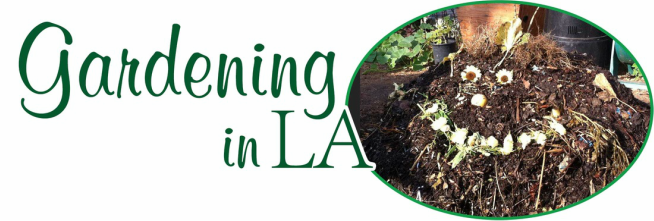

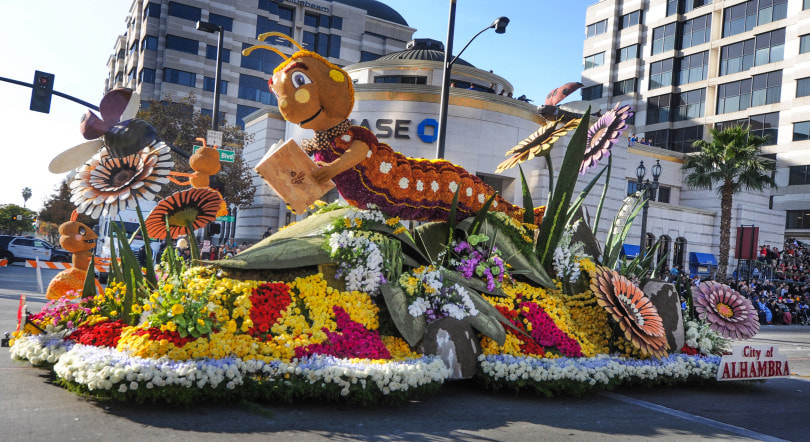
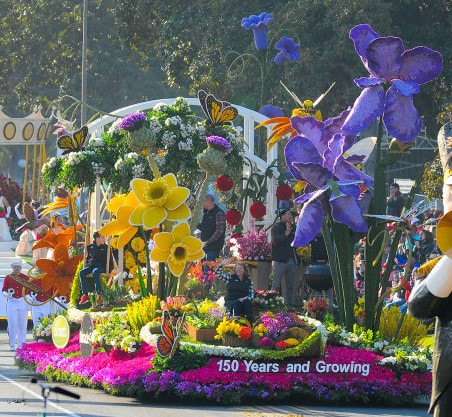
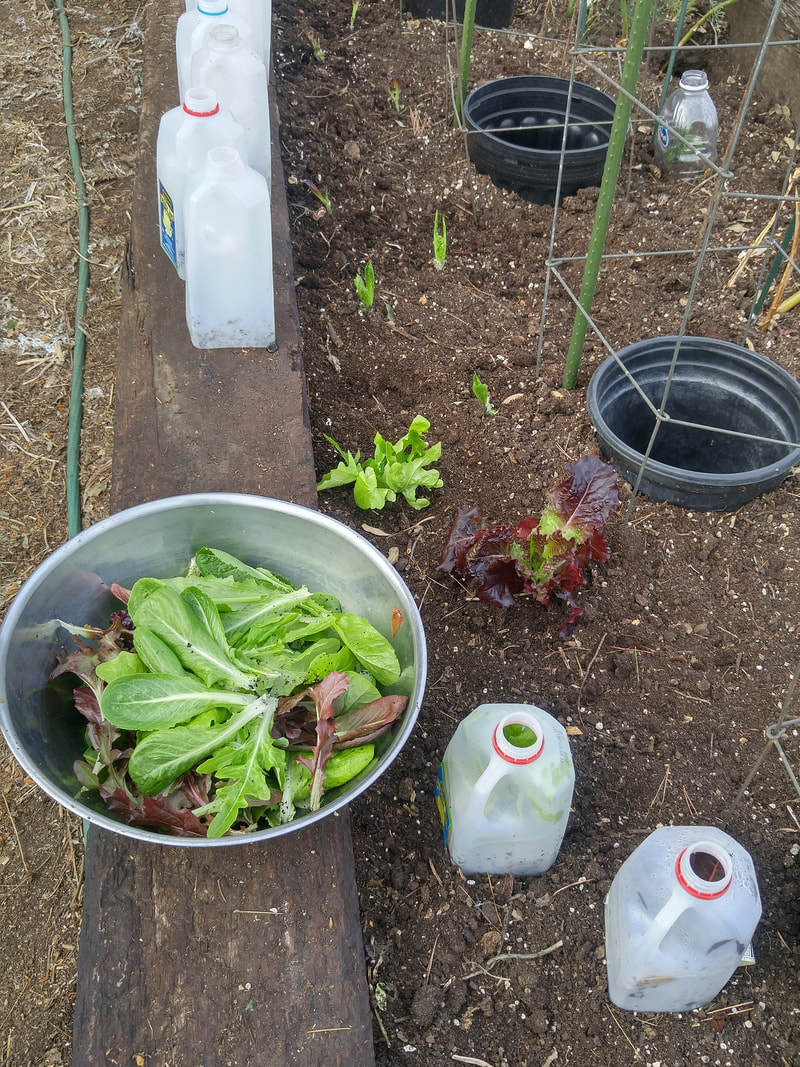
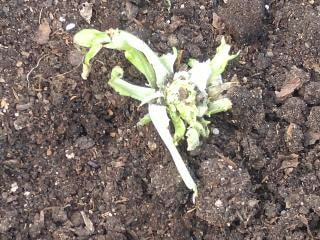
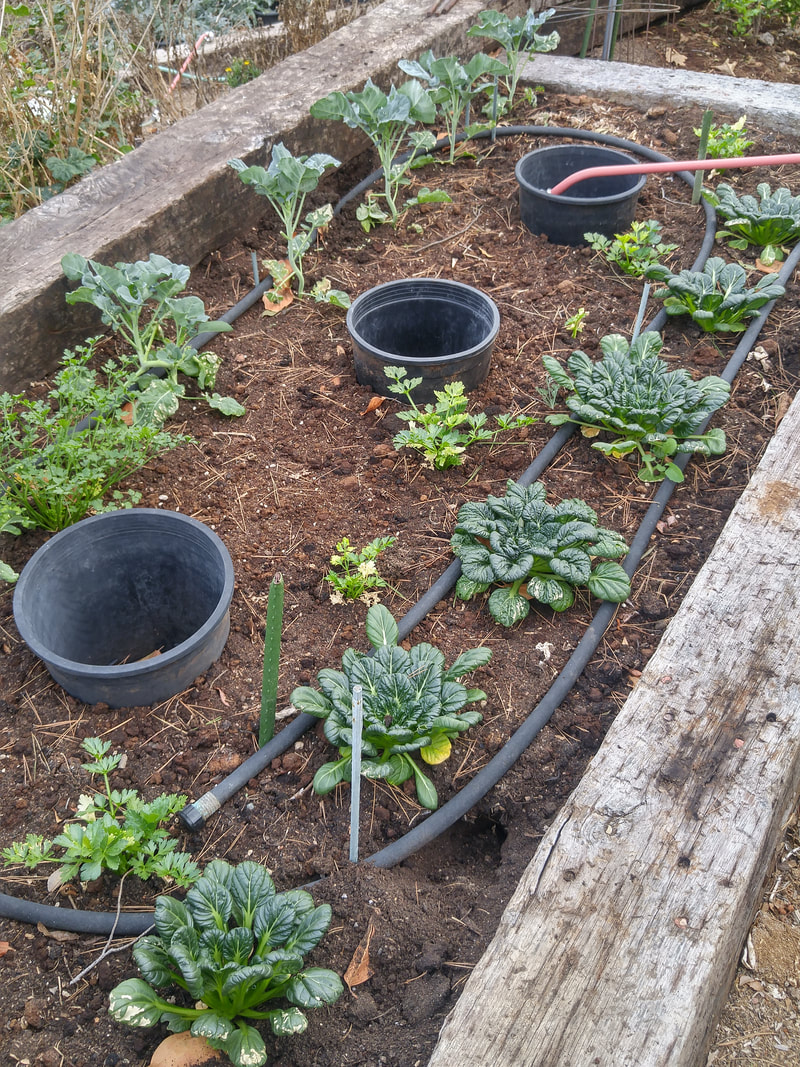
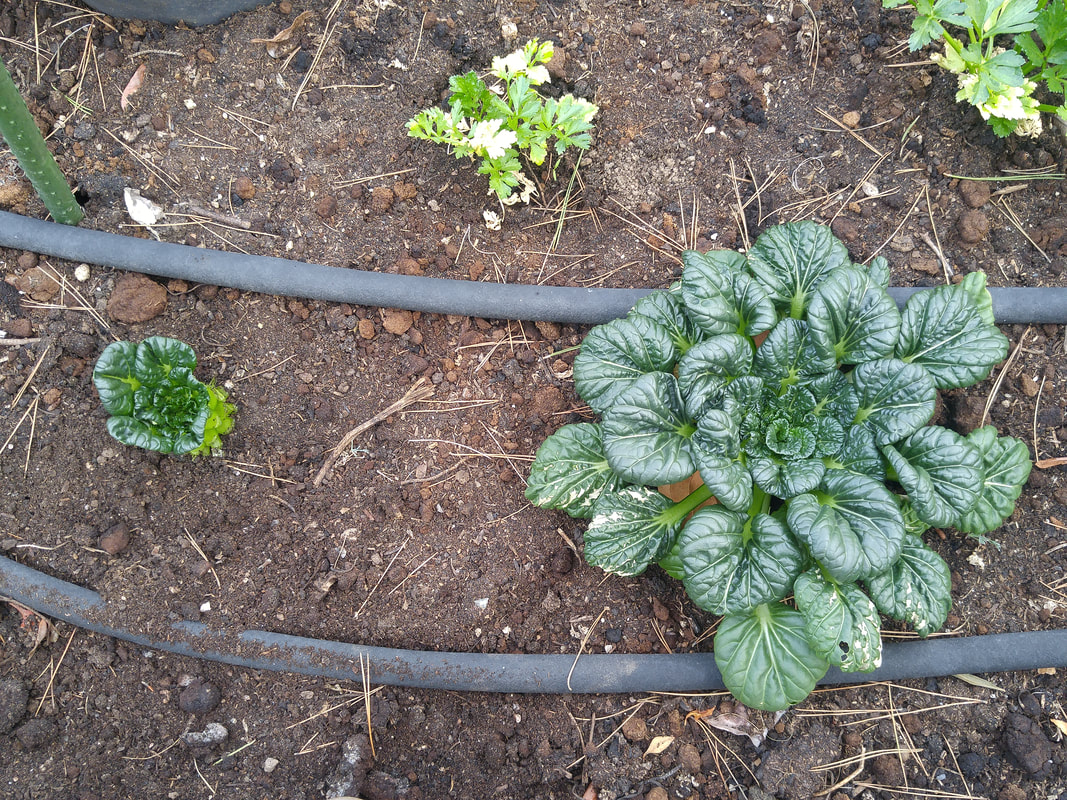
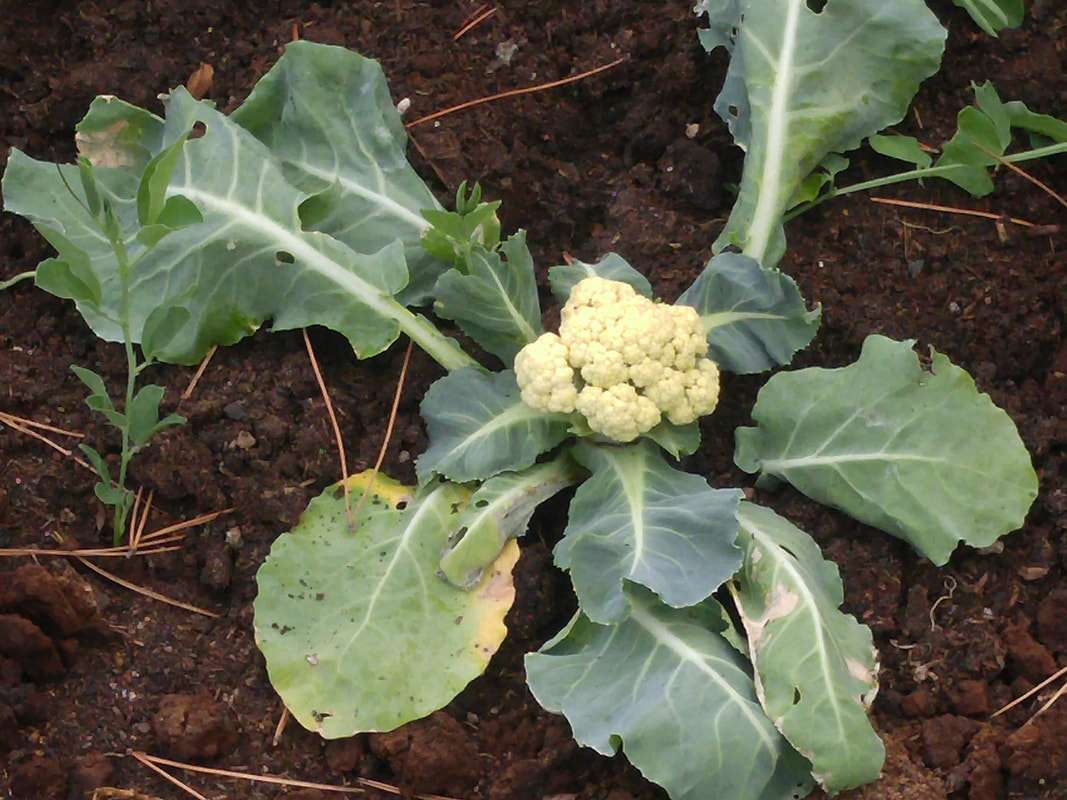
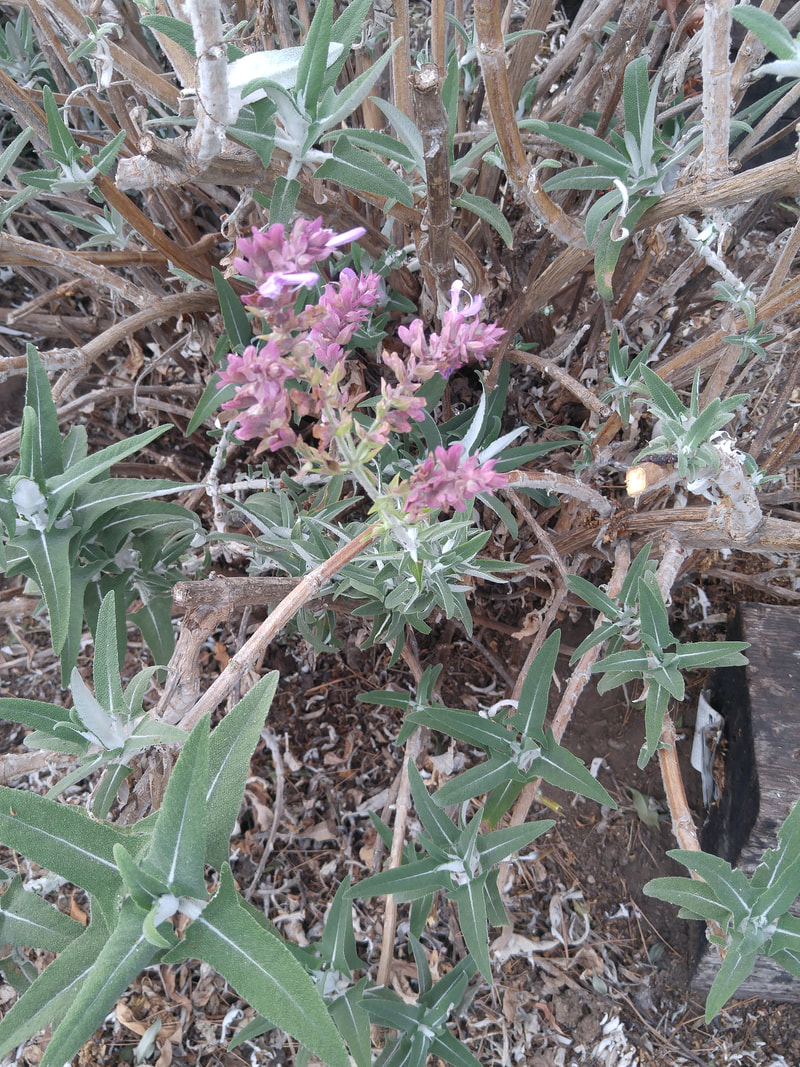
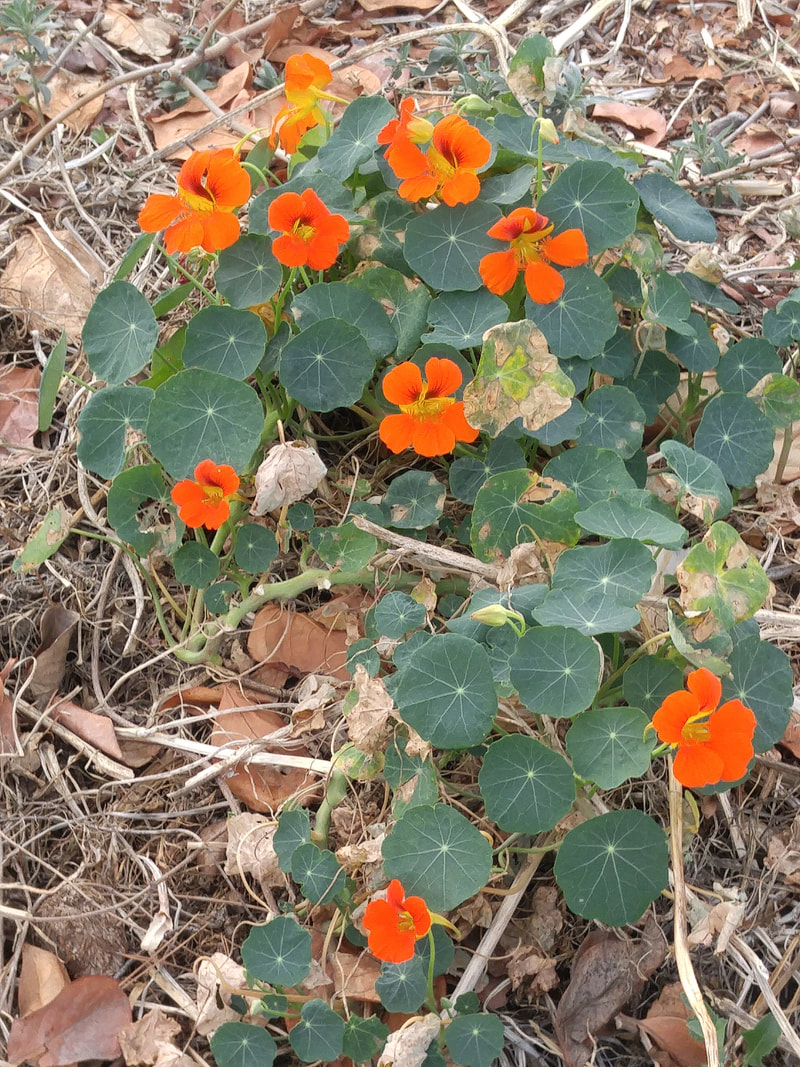
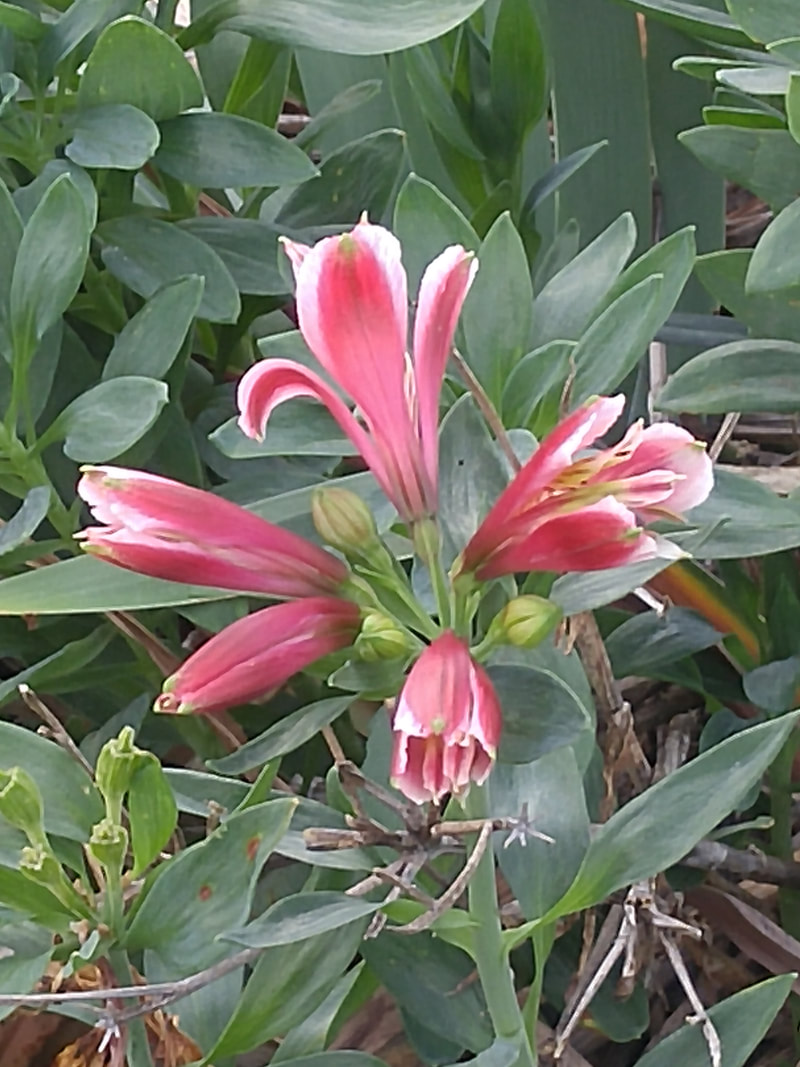
 RSS Feed
RSS Feed